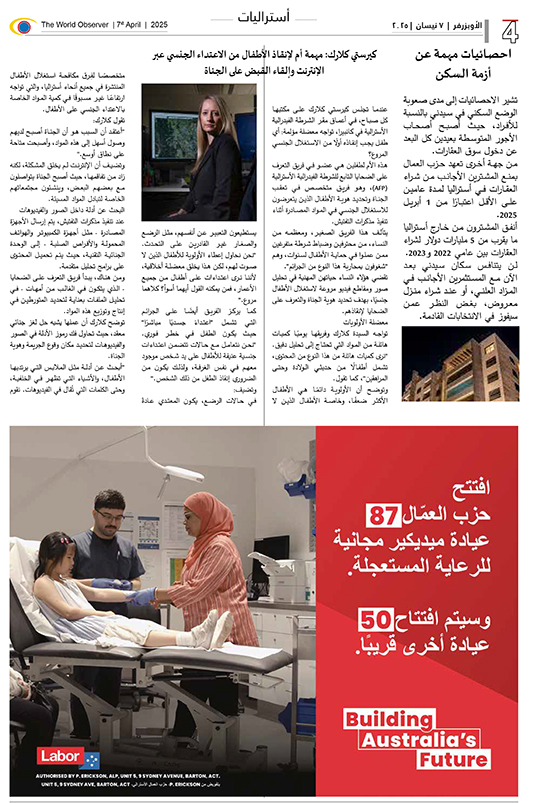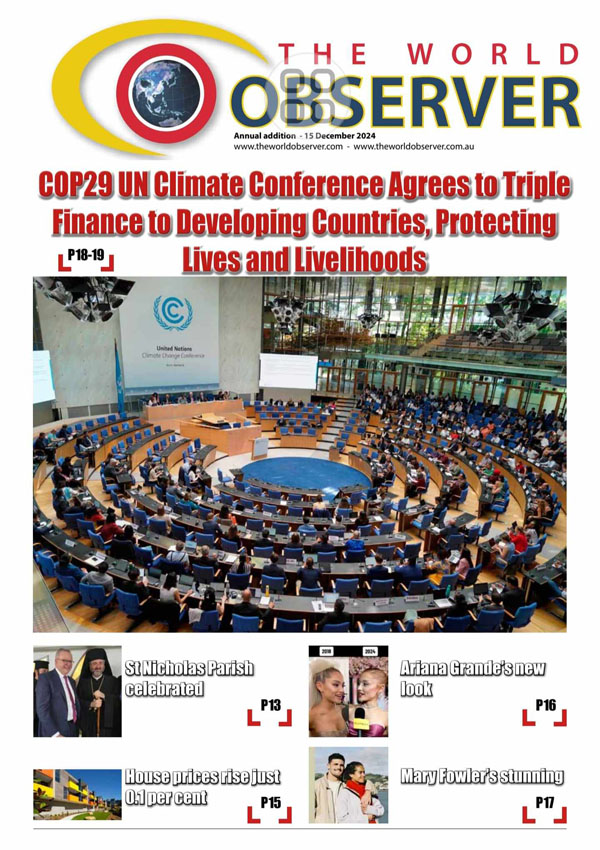
The 2021-2022 Federal Budget was handed down by the Treasurer on 11 May 2021 with so much hype about the quick economic recovery in progress and the booming consumer and business confidence.
Economic News
On the economic news, the budget deficit for the year ending 30 June 2021 will come $50B below the earlier forecast but the budget deficit will continue to be with us for the next few years as the Government continues to use fiscal policy to navigate the economy post the Covid-19 pandemic. This is being done by continued investment on infrastructure and spending on key priorities such as Aged Care ($18B) and Disability Support ($13B) and Mental Health ($2B), where the 2022 budget had women, families and aged care as the key focus. To fund the spending spree over the next few years, Net Debt is expected to peak $980B by 2025. Accelerated Government spending is being supported by extra income from Iron Ore Exports primarily to China which are being sold at record prices of US$230 per tonne (the price in the previous Budget was as $55 per tonne- giving the Government on exceptional boost in income proceeds in the bottom line). Hence the good performance of the Government is due to good management and good luck.
We summarise below the Key Economic Indicators for 2021 to 2025 as part of the synopsis of Budget 2022:
| 2021 | 2022 | 2023 | 2024 | 2025 | |
| Budget Deficit | $161B | $106B | $99B | $79B | $57B |
| Unemployment Rate | 5.5% | 5% | 4.75% | 4.5% | 4.5% |
| Inflation Rate CPI | 1.2% | 1.75% | 2.25% | 2.5% | 2.5% |
| Net Debt | $617B | $729B | $835B | $920B | $980B |
| % Debt/GDP | 30% | 34.2% | 38.4% | 40.4% | 40.9% |
On the Tax front, there was Key Changes that were announced in the Budget, these are summarised below:
Taxation News
- Increasing the Medicare levy low-income thresholds
- Modernising the individual tax residency rules
- The Government has announced that it will replace the individual tax residency rules with a new, modernised framework. The primary test will be a simple ‘bright line’ test – a person who is physically present in Australia for 183 days or more in any income year will be an Australian tax resident.
- Reducing compliance costs for individuals claiming self-education expense deductions
- Temporary full expensing extension
- Temporary loss carry-back extension
- Digital economy strategy (including self-assessing the effective life of intangible depreciating assets)
- Debt recovery for small business
- The Government has announced that it will allow small business entities (including individuals carrying on a business) with an aggregated turnover of less than $10 million per year to apply to the Small Business Taxation Division of the Administrative Appeals Tribunal (the ‘Tribunal’) to pause or modify ATO debt recovery actions, such as garnishee notices and the recovery of general interest charge or related penalties, where the debt is being disputed in the Tribunal. Currently, small businesses are only able to pause or modify ATO debt recovery actions through the court system, which can be costly and time consuming. It is expected that applying to the Tribunal instead of the courts will save small businesses at least several thousands of dollars in court and legal fees and as much as 60 days of waiting for a decision.
- Tax treatment of qualifying storm and flood grants
- The Government will provide an income tax exemption for qualifying grants made to primary producers and small businesses affected by the storms and floods in Australia.
- Reducing the age limit for downsizer contributions
- The Government will reduce the age limit from which downsizer contributions can be made by eligible individuals, from 65 to 60 years of age. The measure will have effect from the start of the first income year after Royal Assent of the enabling legislation, which the Government expects to have occurred prior to 1 July 2022. The downsizer contribution allows eligible individuals to make a one-off, after-tax contribution to their superannuation fund, of up to $300,000 per person, following the disposal of an eligible dwelling, where certain conditions are satisfied. Under the current requirements, an individual must be at least 65 years of age at the time of making the relevant contribution, for the contribution to qualify as a downsizer contribution.
- Removing the $450 per month threshold for Superannuation Guarantee (‘SG’) eligibility
- Relaxing the residency requirements for Self-managed Superannuation Funds (‘SMSFs’)
- Increasing the maximum releasable amount to $50,000
- The Government will increase the maximum releasable amount of voluntary concessional and nonconcessional contributions under the FHSS scheme from $30,000 to $50,000, to assist first home buyers in raising a deposit more quickly.
Rodney Hamdan is a Chartered Accountant, Chartered Tax Advisor and Certified Practising Accountant in Public Practice. He holds a Bachelor of Economics degree from the University of Sydney with a major in Commercial Law. He worked with Arthur Andersen and Price Waterhouse and worked on overseas assignments in Asia and the Middle East specialising in International Tax. Rodney Hamdan is a regular economics commentator on SBS Radio, He was the President of the Australian Arab Business Council from 2007 to 2013.





































 The World Observer Media produces a daily online newspaper, a daily Arabic online newspaper and a monthly printed Arabic/English magazine and a weekly printed Arabic/English newspaper.
The World Observer Media’s mission is to entertain and educate all generation from the Ethnic Communities in Australia, who are interested in local, national and foreign information.
The World Observer Media produces a daily online newspaper, a daily Arabic online newspaper and a monthly printed Arabic/English magazine and a weekly printed Arabic/English newspaper.
The World Observer Media’s mission is to entertain and educate all generation from the Ethnic Communities in Australia, who are interested in local, national and foreign information. 


